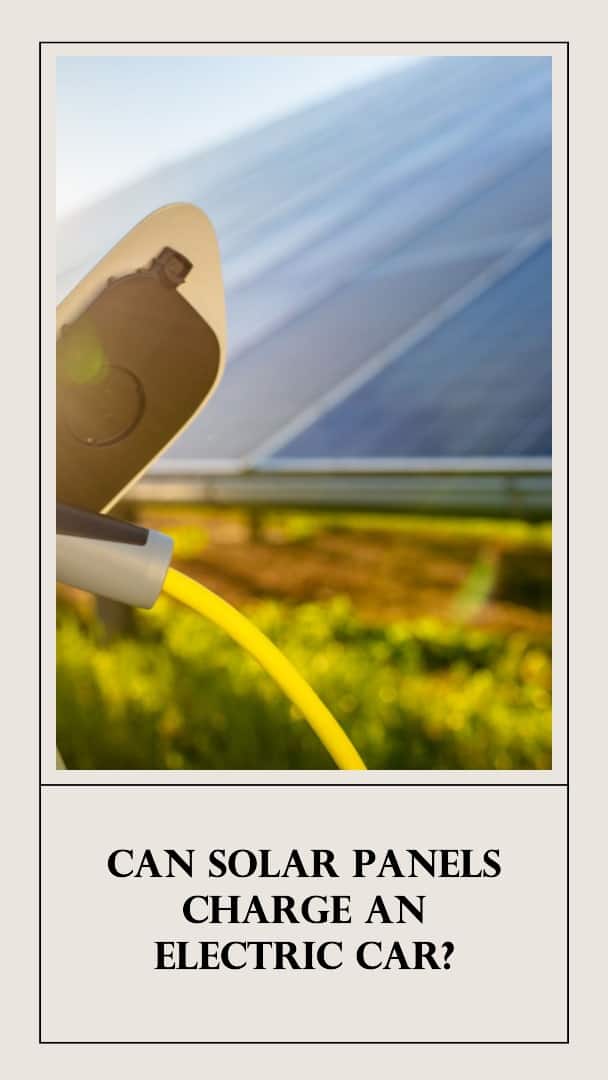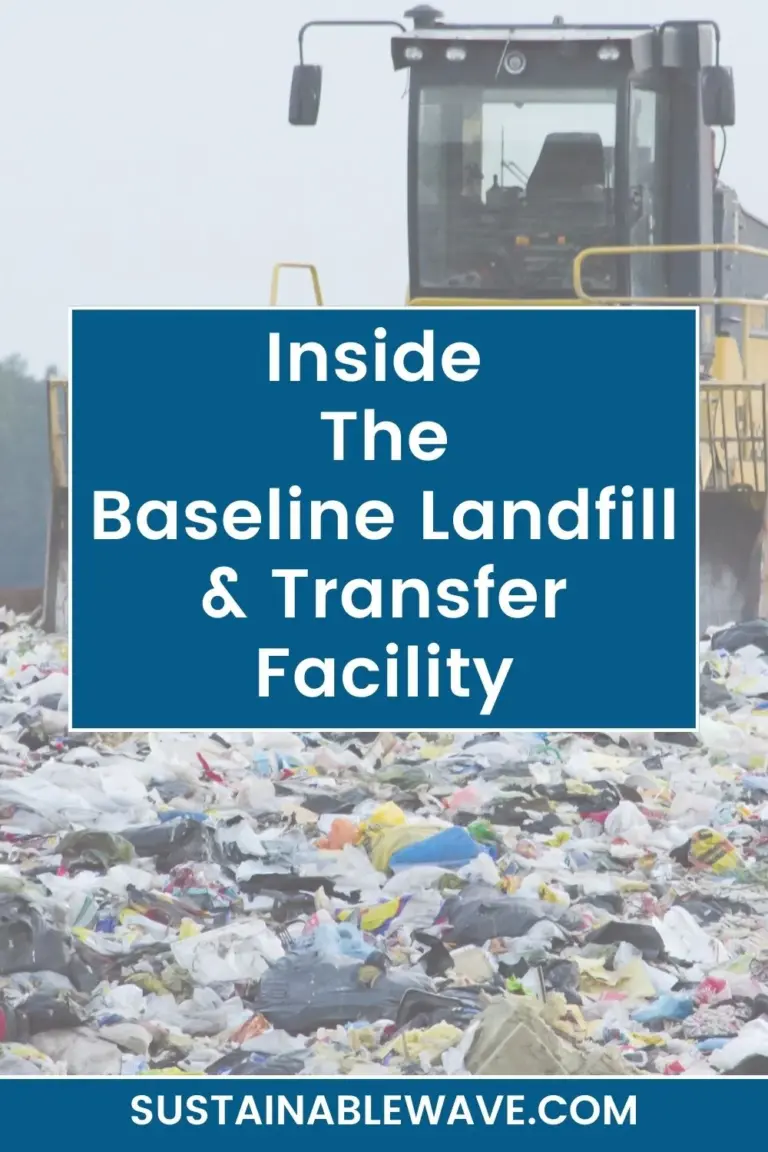With the global focus shifting towards sustainable practices, you may have asked yourself, “What are the different sources of green energy?” It’s a timely question, indeed, considering the growing need for renewable energy.
Green energy is our planet’s life raft. It’s like swapping out the fast-depleting fuel in our Earth’s engine with a sustainable and never-ending power source.
But what exactly constitutes this seemingly magic energy? How does it work?
A Historic Source of Energy

Throughout history, we have always used renewable energy.
Cooking and heating were done with fires created by burning wood or other biomass, and mills were powered by hydropower or wind.
After the industrial revolution, most renewable energy sources were gradually phased out. It was easier and more efficient to use fossil fuels.
Exceptions include hydropower, which still accounts for a significant portion of electricity production in some countries like Norway, and geothermal energy, which is widespread, particularly in Iceland.
Energy Sources in the Future?
In recent decades, there has been a global increase in the use of renewable energy sources, especially for electricity generation. This includes wind turbines, solar panels, and biomass such as wood chips and straw, which are burned in power plants to produce electricity.
Renewable energy sources currently account for only about 20% of the world’s total energy consumption.
The majority of renewable energy comes from biomass and hydropower, while wind and solar only cover a few percent of the total energy consumption. However, solar energy and wind energy are the fastest-growing forms of energy worldwide.
The global capacity of solar panels increased from 40 to 227 gigawatts (GW) between 2010 and 2015, and during the same period, the global capacity of wind power more than doubled from 198 GW to 433 GW.
What Are the Different Sources of Green Energy?
Green energy is a collective term for natural forms of energy that are continuously replenished. Unlike fossil fuels, wind energy, solar energy, wave energy, hydropower, geothermal energy, and biofuels do not run out.
The majority of renewable energy sources originate from the sun. For example, wind and waves are formed when the sun’s rays heat the Earth and the air.
The exceptions are geothermal energy (heat from the Earth’s interior) and tidal energy, which are influenced by the moon’s gravitational pull.
Let’s dig into the details.
Solar Power: Harnessing the Sun’s Energy
The sun, our very own star, isn’t just for tans and Vitamin D. It’s a colossal energy source that we’ve only just begun to tap into efficiently. Solar power, derived from the sun’s rays, is a classic example of green energy at work.
The solar energy transformation process is nothing short of magical. Photovoltaic cells, which are like the rabbits in this hat trick, convert sunlight directly into electricity.
Solar panels on rooftops aren’t just a fashion statement – they’re a symbol of a society that’s learning to harness the abundant power of nature.
Pros
- Unlimited source of energy.
- Solar panels can be installed on a house or on huge fields with a lot of solar radiation.
- Technology is rapidly advancing.
Cons
- Relatively expensive to install.
- Works best in areas or during times when the need for heating is minimal.
Wind Energy: Catching the Breeze
Ever flown a kite? That gust keeping it afloat can power your home. That’s right, wind isn’t just for billowing sails and wind chimes. Wind energy is one of the most utilized forms of green energy worldwide.
By harnessing the kinetic energy of wind through wind turbines, we can produce electricity without any harmful byproducts.
Wind farms, with their serene and majestic turbines, have become a common sight in many countries. They’re not just there for the ‘gram. They’re turning the invisible power of the wind into tangible, usable energy.
Pros
- Unlimited energy source.
- Wind turbines can be installed individually but are often grouped together in larger wind farms on land or at sea.
Cons
- Expensive to construct, transport, install, and maintain.
- They generate noise pollution on land and are criticized for disrupting the landscape.
- Offshore wind farms are more costly to establish and maintain compared to onshore wind turbines.
Hydropower: The Power of Flowing Water
The powerful rumble of a waterfall or the swift current of a river isn’t just an awe-inspiring display of nature; it’s a monumental source of green energy.
Hydropower is as old as the grindstones of ancient mills and as contemporary as modern hydroelectric dams.
Water’s force is harnessed to spin turbines that generate electricity. It’s a compelling transformation – from the rush of water to the glow of a lightbulb.
It’s reliable, it’s renewable, and it has a low output of greenhouse gases compared to fossil-fuel-based power generation methods.
So, the next time you see a dam, remember – it’s not just controlling water flow, it’s powering the future.
Pros
- Has the potential to generate large amounts of energy.
- Simultaneously, the dam can serve as protection for vulnerable coastal areas.
Cons
- Very expensive installations.
- Currently, can only be optimally utilized in a few river estuaries and deltas.
- Criticized for impacting the environment.
Geothermal Energy: The Earth’s Core Bounty
Deep under our feet, the Earth is brimming with heat. Geothermal energy utilizes this heat from the Earth’s core to power our lives. It’s like tapping into the world’s most reliable power plant, the Earth itself.
This constant and naturally replenished heat source can be utilized in different ways, such as direct heating for homes or producing electricity.
Power plants channel hot steam or water from beneath the ground to turn turbines, which generate electricity.
Plus, it’s a virtually inexhaustible source, and it’s available 24/7, regardless of weather conditions. Talk about a hot prospect!
Pros
- Unlimited energy source.
- Can be used for individual households or in larger geothermal power plants.
Cons
- In countries without volcanic activity, the installations are expensive to set up and maintain.
Bioenergy: The Living Energy
Imagine turning yesterday’s leftovers into tomorrow’s energy. That’s the magic of bioenergy! It’s derived from organic matter—everything from crop waste and forest residues to municipal waste and agricultural byproducts.
This biomass is converted into different energy-rich products, such as biofuel, biogas, and even electricity.
The beauty of bioenergy is in its two-fold benefit: it provides a valuable way to dispose of organic waste while generating power.
And since plants can be regrown, it’s a sustainable energy source that could reduce our reliance on fossil fuels.
Bioenergy is truly an energy of life.
Pros
- Cheap, readily available, and renewable energy source.
- Future development can enable more efficient conversion of non-edible biomass, for example, by producing biogas from livestock manure.
Cons
- When biomass is burned, CO2 is emitted, contributing to global warming.
- Rainforests are cleared to cultivate oil palms and other crops for the production of biofuels.
The Importance of Diversifying Green Energy Sources

Like a well-rounded diet, a balanced mix of different green energy sources is key to a healthy energy profile for a country.
Why Rely on Multiple Green Energy Sources?
Focusing on a single green energy source is like putting all your eggs in one basket. What if the sun doesn’t shine? What if the wind doesn’t blow?
Multiple sources ensure that the power keeps flowing, come rain or shine.
Enhancing Energy Security with Diverse Green Energy Sources
The geopolitics of energy can be intense. But green energy offers a ticket out of the power struggle.
By leveraging local renewable resources, countries can move towards energy self-sufficiency and security.
The Role of Green Energy in Climate Change Mitigation
Climate change is no longer just a doomsday prophecy—it’s a reality we’re living. Can green energy be the superhero we need?
Green Energy: The Low Carbon Footprint Champion
Our traditional energy sources, like coal and oil, are like heavyweight carbon footprints. Green energy, on the other hand, is a featherweight champion in this fight against carbon emissions.
Green Energy and the Pursuit of Net-Zero Emissions
As countries race towards net-zero emissions, green energy is the torch leading the way. It’s not just about reducing our carbon footprint—it’s about completely erasing it.
Challenges to Renewable Green Energy
For several renewable green energy sources, the problematic issue is that the amount of energy varies unpredictably.
The wind doesn’t always blow at the same intensity, the sun doesn’t always shine without clouds, and the amount of hydropower depends on precipitation. Therefore, there is a need to be able to store renewable energy or supplement it with other energy sources.
Another challenge is the price. Coal, oil, and gas have long been relatively cheap energy sources, and renewable energy sources such as wind and solar have struggled to compete with fossil fuels. However, this situation is gradually changing.
Solar panels, wind turbines, and other renewable energy sources are becoming more efficient and significantly decreasing in cost, while it is becoming increasingly difficult and expensive to extract oil and gas as the easily accessible reserves are depleted.
Nevertheless, new methods for extracting fossil fuels continue to be invented.
The price of energy from solar panels, wind turbines, and other forms of renewable energy is expected to continue to decline.
According to the EIA, it is likely that the price of solar energy will decrease by an additional 40-70 percent by 2040, while the price of onshore wind power is expected to decrease by 10-25 percent.
FAQs

1. How Does Green Energy Impact the Economy?
Green energy is a boon for the economy. It drives job creation in new industries and reduces the health costs associated with pollution from fossil fuels.
2. Can Green Energy Completely Replace Fossil Fuels?
While green energy is making significant strides, completely replacing fossil fuels is a long-term goal. It requires technological advances, infrastructural changes, and political will.
3. What’s the Easiest Green Energy Source to Implement at Home?
Solar energy is one of the easiest and most affordable green energy sources to implement at home. With solar panels, you can generate your own electricity and even sell the surplus back to the grid.
4. What Are the Downsides of Green Energy?
Green energy sources have their challenges. These include variability in production, high initial costs, and the need for significant space for installations, especially for wind and solar farms.
5. Can I Switch to Green Energy Today?
Absolutely! Many utility companies offer green energy options, and installing solar panels or a small wind turbine at home is increasingly feasible.
6. What Is the Future of Green Energy?
The future of green energy is bright. As technology continues to advance and costs continue to fall, we can expect a world powered predominantly by renewable energy within the next few decades.
Conclusion
In understanding “What are the different sources of green energy?” we’ve taken a journey through our Earth’s incredible natural resources.
Each source has the potential to weave a greener, healthier tapestry for our planet’s energy future.
As technology advances and the costs of these renewable sources continue to decrease, green energy is not just the best choice—it’s the only choice for a sustainable future.
Sources

I’m Thomas, the owner of SustainableWave. Passionately promoting a sustainable planet. With experience in various eco-roles, I’ll share green tips, sustainability hacks, and personal eco-journeys on my blog.






